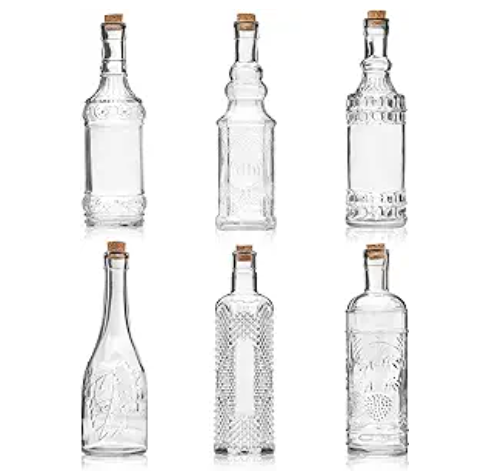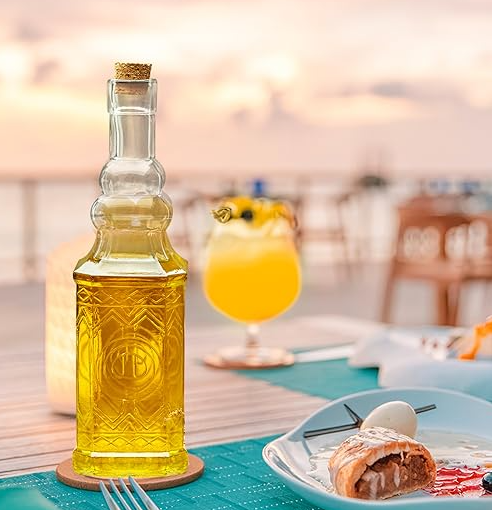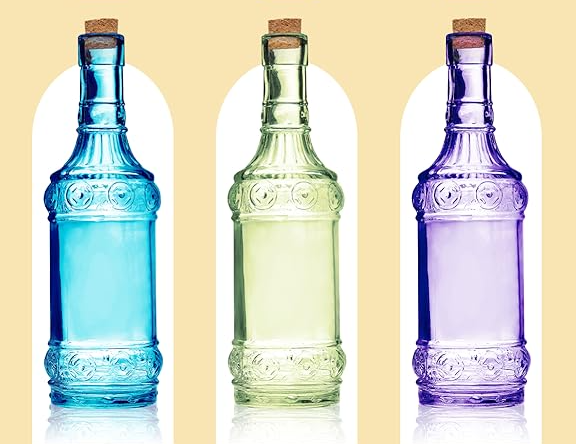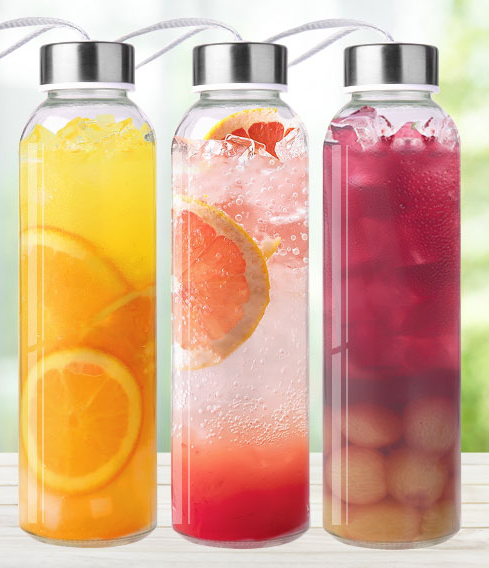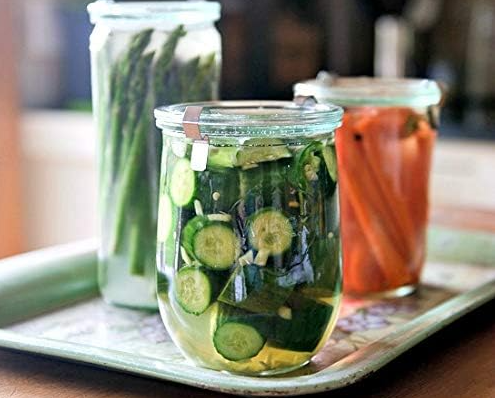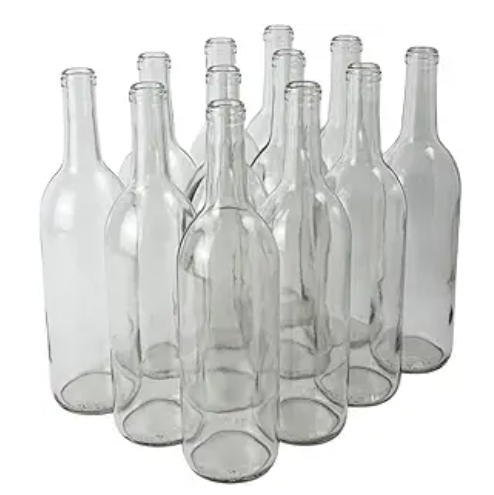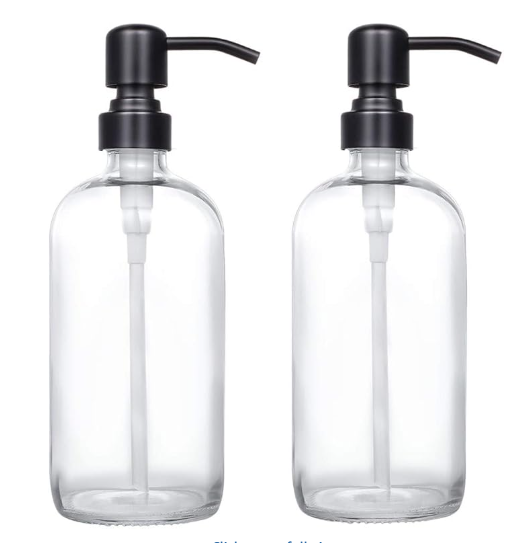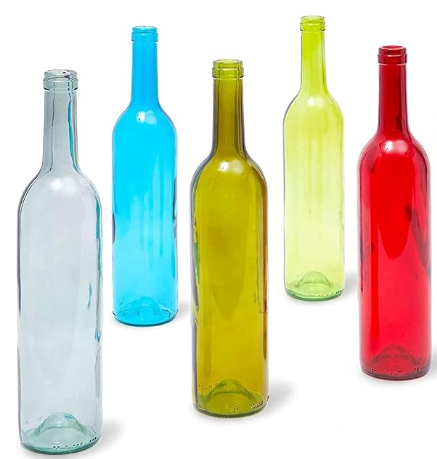Champagne bottles are much more than simple containers; they embody centuries of tradition, craftsmanship, and celebration. Each bottle size and type carries its own history, purpose, and symbolism, contributing to the unique experience of enjoying sparkling wine. For producers, retailers, event planners, and consumers alike, understanding the different types of champagne bottles is essential for selecting the right vessel for every occasion. Paupacking offers a premium range ofChampagne Bottlesthat combine elegance, durability, and functionality, perfectly suited for all champagne formats.
This extensive article will thoroughly explore the various champagne bottle types, their sizes, names, typical uses, and the craftsmanship behind them. We will also highlight Paupacking’s superior products and how they fit into this diverse and storied range.
Introduction to Champagne Bottle Sizes and Types
Champagne bottles come in a variety of sizes, each with a unique name often inspired by biblical figures or historical kings. These sizes range from petite single-serving bottles to monumental formats designed for grand celebrations. The bottle size influences not only the quantity of champagne but also the aging potential, presentation, and storage logistics.
The standard champagne bottle holds 750 milliliters, roughly six glasses of champagne. However, there are nine primary bottle sizes commonly recognized in the champagne industry, each serving different purposes and occasions.
Paupacking’sChampagne Bottlesare designed to meet the demands of these various formats, offering high-quality glass and customizable options to suit any size and style.
The Nine Different Champagne Bottle Types Explained
1. Piccolo (Mini Bottle) – 187.5 ml
The Piccolo, also known as the mini or quarter bottle, is the smallest champagne bottle size, holding 187.5 milliliters, approximately one-quarter of a standard bottle. Originating from Italy (where “piccolo” means “small”), this bottle is perfect for individual servings, airplane refreshments, or as charming gifts.
The Piccolo’s compact size makes it ideal for tastings or promotional events where consumers can sample different varieties without committing to a full bottle. It also fits conveniently in small coolers or picnic baskets, making it popular for outdoor celebrations.
Paupacking’s compact and sturdyChampagne Bottlesensure that even at this small scale, the bottle maintains excellent pressure resistance and clarity, preserving the champagne’s effervescence and flavor integrity.
2. Demi (Half Bottle) – 375 ml
The Demi bottle, also called the half bottle or “fillette” (meaning “little girl”), contains 375 milliliters, half the volume of a standard champagne bottle. It serves roughly three glasses of champagne, making it a popular choice for intimate celebrations or as a gift for couples.
Demi bottles are favored for their convenience and elegance, offering a smaller quantity without sacrificing the traditional champagne experience. They also have better aging potential compared to Piccolos because the larger volume slows oxidation and flavor degradation.
Paupacking’s half-sizedChampagne Bottlescombine refined design with robust construction, perfect for premium sparkling wines and sophisticated occasions.
3. Standard Bottle – 750 ml
The standard champagne bottle is the most widely recognized and used size, holding 750 milliliters or approximately six glasses of champagne. This size is the industry benchmark for production, sales, and consumption.
Standard bottles feature the classic champagne silhouette with thick glass walls and a deep punt at the base, designed to withstand the high internal pressure of sparkling wine. They balance practicality with elegance, fitting comfortably in most refrigerators and wine racks.
Paupacking’s standardChampagne Bottlesare manufactured with precision to ensure consistent thickness, clarity, and durability, making them ideal for both everyday enjoyment and special occasions.
4. Magnum – 1.5 liters
The Magnum bottle doubles the volume of the standard bottle, holding 1.5 liters or about 12 glasses of champagne. It is highly regarded not only for its impressive size but also for its superior aging potential. The larger volume slows the maturation process, allowing the champagne to develop more complex aromas and flavors over time.
Magnums are often used for weddings, anniversaries, and large celebrations where a statement bottle is desired. Their size also makes them ideal for sharing among groups, enhancing the festive atmosphere.
Paupacking’s magnum-styleChampagne Bottlesoffer enhanced strength and elegance, engineered to safely contain the pressure while captivating consumers with their grandeur.
5. Jeroboam – 3 liters
Named after Jeroboam, the first king of the northern Kingdom of Israel, the Jeroboam holds 3 liters, equivalent to four standard bottles or 24 glasses. It is sometimes referred to as a double magnum, though in Champagne, the term Jeroboam is preferred.
Jeroboams are popular for large-scale celebrations and events, providing an impressive visual and practical presence. Their size requires thicker glass and specialized handling equipment, which Paupacking expertly accommodates in their production.
Paupacking’s largerChampagne Bottlesare crafted to meet the stringent safety and aesthetic requirements of this format, ensuring reliability and luxury.
6. Methuselah – 6 liters
The Methuselah bottle, named after the biblical figure reputed to have lived 969 years, holds 6 liters or eight standard bottles, serving approximately 48 glasses. It is used for grand celebrations and is prized for its impressive display and aging capability.
Due to the size and pressure, Methuselah bottles require thicker glass and precise manufacturing to ensure safety. Paupacking’s expertise in producing large-format bottles guarantees these monumental vessels meet the highest standards.
7. Salmanazar – 9 liters
The Salmanazar bottle, named after an Assyrian king, holds 9 liters, equivalent to 12 standard bottles or 72 glasses. It is a majestic size often reserved for very large events or as a collector’s item.
Handling and storing Salmanazars require special equipment due to their weight and size. Paupacking’sChampagne Bottlesin this range are engineered for durability and visual impact, combining safety with grandeur.
8. Balthazar – 12 liters
Balthazar bottles hold 12 liters, or 16 standard bottles, serving about 96 glasses. Named after one of the Three Wise Men, these bottles are symbols of opulence and celebration.
Because of their size, Balthazars are rare and typically used for prestigious events or displays. Paupacking’s premium glass manufacturing ensures these bottles meet the highest standards of strength and elegance.
9. Nebuchadnezzar – 15 liters
The Nebuchadnezzar bottle, named after the Babylonian king, holds 15 liters or 20 standard bottles, serving approximately 120 glasses. It is the largest commonly produced champagne bottle size.
Nebuchadnezzars are often centerpieces at grand celebrations and require expert handling. Paupacking’s robust and elegantChampagne Bottlesmeet the demanding specifications for such monumental bottles.
Additional Champagne Bottle Formats
Beyond the nine primary sizes, there are other less common formats such as the Rehoboam (4.5 liters), Melchior (18 liters), Solomon (20 liters), and Melchizedek (30 liters), each named after biblical figures and used for extraordinary occasions. Paupacking’s production capabilities include custom solutions for these rare and oversized bottles, ensuring quality and safety.
Why Paupacking’s Champagne Bottles Stand Out
Paupacking offers a wide range of high-qualityChampagne Bottlesthat combine:
-
Premium Glass Quality:Crystal-clear, durable glass that withstands high pressure.
-
Precision Manufacturing:Ensuring consistent thickness and safety.
-
Elegant Design:Classic and customizable shapes to enhance brand image.
-
Sustainability:Environmentally responsible production and recyclable materials.
-
Customization:Options for color, embossing, and decoration to differentiate your product.
Comparison Table of Champagne Bottle Sizes
| Bottle Name | Volume (Liters) | Equivalent Standard Bottles | Approximate Glasses Served | Typical Use Case |
|---|---|---|---|---|
| Piccolo | 0.1875 | 1/4 | 1 | Individual servings, gifts |
| Demi | 0.375 | 1/2 | 3 | Small gatherings, gifts |
| Standard | 0.75 | 1 | 6 | Everyday consumption |
| Magnum | 1.5 | 2 | 12 | Celebrations, aging |
| Jeroboam | 3 | 4 | 24 | Large events, weddings |
| Methuselah | 6 | 8 | 48 | Grand celebrations |
| Salmanazar | 9 | 12 | 72 | Very large events |
| Balthazar | 12 | 16 | 96 | Prestigious displays |
| Nebuchadnezzar | 15 | 20 | 120 | Monumental celebrations |
Conclusion
Champagne bottles come in a fascinating array of sizes and formats, each suited to different occasions, consumption needs, and aesthetic preferences. Whether you’re selecting a petite Piccolo for an intimate toast or a monumental Nebuchadnezzar for a grand celebration, understanding these types helps you make informed choices.
Paupacking’s premiumChampagne Bottlesoffer unmatched quality, safety, and elegance across all sizes. Our dedication to craftsmanship and sustainability ensures your sparkling wine is presented in the best possible way, enhancing both product integrity and consumer experience.
Explore Paupacking’s collection today to find the perfect champagne bottle that elevates your brand and celebrates life’s special moments with style and sophistication.




